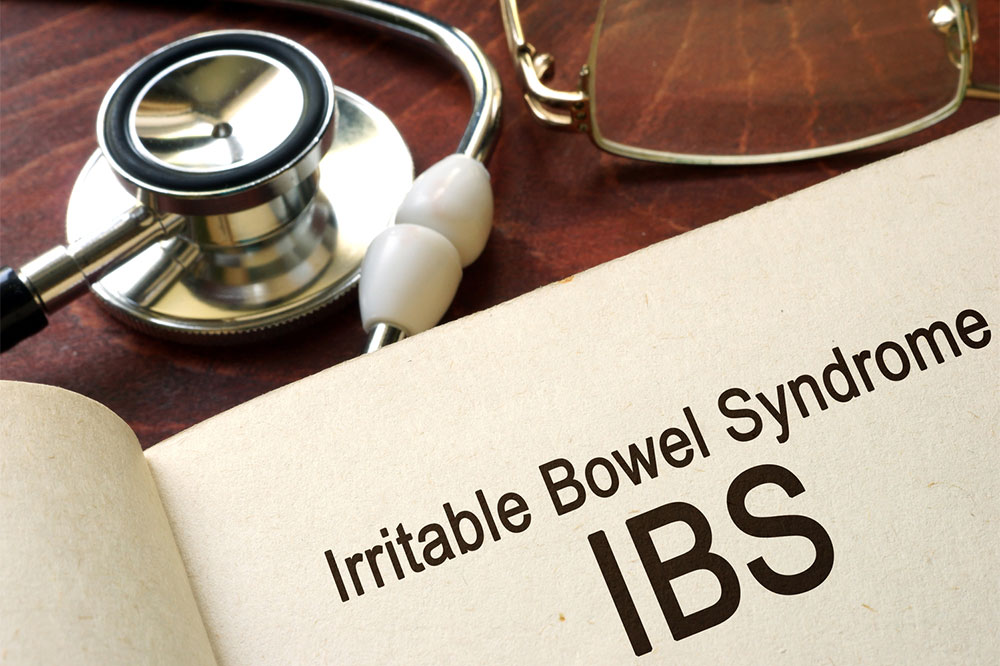Comprehensive Guide to Common Causes of Abdominal Discomfort and How to Manage Them
This comprehensive article explores the widespread issue of abdominal discomfort, detailing common causes such as viral gastroenteritis, food poisoning, IBS, and indigestion. It provides insights into symptoms, prevention tips, and management strategies to help individuals better understand and address their digestive health concerns. Perfect for those seeking in-depth health guidance and practical advice for common abdominal issues.

In-Depth Insights into Abdominal Discomfort: Causes, Symptoms, and Prevention
Abdominal discomfort is an issue that impacts a significant portion of the population worldwide, affecting individuals across all age groups. It is a broad term that refers to any form of pain, cramping, or unease experienced in the area extending from the lower chest to the pelvis. Such discomfort can result from various underlying factors, ranging from minor transient issues to serious health emergencies requiring prompt medical attention.
Understanding the root causes of abdominal pain is essential for effective management and prevention. In this comprehensive guide, we explore some of the most common causes, their typical symptoms, and practical tips to prevent or alleviate discomfort.
Viral Gastroenteritis: The Stomach Flu
Commonly known as the stomach flu, viral gastroenteritis is an infection caused by several types of viruses, including norovirus and rotavirus. This condition leads to inflammation of the stomach and intestines, resulting in symptoms that can be quite debilitating. It spreads rapidly through contact with contaminated surfaces, infected individuals, or consumption of contaminated water and food.
Vulnerable populations include young children, the elderly, and individuals with compromised immune systems. Transmission vectors are numerous—improper hand hygiene, contaminated water supplies, contaminated food during preparation, or exposure during travel or transportation.
Symptoms of viral gastroenteritis typically include sudden onset diarrhea, vomiting, nausea, and abdominal cramps. Additional signs may include fever, bodily sweating, chills, and a general feeling of weakness and dehydration. Recognizing these symptoms early is crucial for effective treatment and prevention.
Preventive strategies focus heavily on hygiene practices such as frequent hand washing with soap, disinfecting surfaces, avoiding sharing personal items, and ensuring food is prepared and stored hygienically. Vaccines, especially against rotavirus, have also proven effective in reducing incidence and severity among high-risk groups.
Food Poisoning: When Unhealthy Food Becomes a Threat
Food poisoning occurs when individuals consume food or beverages contaminated with harmful bacteria, viruses, toxins, or parasites. It is a common cause of acute abdominal pain and can escalate into severe health issues if not treated promptly. The primary cause is consuming spoiled, improperly stored, or contaminated food items.
Symptoms often manifest within hours of ingestion and include stomach pain, persistent watery diarrhea, fever, dehydration, nausea, vomiting, fatigue, and headaches. In severe cases, food poisoning can lead to complications like kidney failure or neurological issues.
Preventive measures encompass maintaining strict hygiene during food preparation, washing fruits and vegetables thoroughly, cooking meats to appropriate temperatures, and avoiding cross-contamination. Keeping foods at correct temperatures and adhering to expiration dates are vital in preventing foodborne illnesses.
Irritable Bowel Syndrome (IBS): A Chronic Digestive Disorder
IBS is a functional gastrointestinal disorder characterized by a combination of symptoms including stomach pain, cramps, bloating, altered bowel habits such as diarrhea and constipation, and general abdominal discomfort. It is a chronic condition that can significantly impact quality of life.
While the exact cause of IBS remains unknown, stress plays a pivotal role in exacerbating symptoms. Dietary factors, gut motility issues, and heightened sensitivities to intestinal sensations are also involved.
Diagnosis is usually made after ruling out other conditions. Management strategies include dietary modifications (such as reducing fiber and caffeine intake), stress management techniques, regular exercise, and sometimes medication to manage specific symptoms like diarrhea or constipation.
Indigestion: A Common but Often Manageable Problem
Indigestion, or dyspepsia, is a symptom complex involving discomfort or pain centered in the upper abdomen. It may be accompanied by symptoms like bloating, gas, nausea, and a feeling of fullness after eating. The causes of indigestion are diverse, often stemming from lifestyle choices or medical conditions.
Common triggers include smoking, excessive alcohol consumption, spicy or greasy foods, overeating, and stress. Certain medications, like non-steroidal anti-inflammatory drugs (NSAIDs), can also contribute to indigestion by irritating the stomach lining.
Effective management involves dietary adjustments, avoiding known trigger foods, reducing alcohol and smoking, and managing stress levels. In some cases, over-the-counter antacids or prescription medications are necessary for symptom relief.
In conclusion, understanding the common causes of abdominal discomfort is vital for early detection and proper management. Maintaining good hygiene, adopting healthy eating habits, managing stress, and seeking medical advice when symptoms persist are key steps toward better digestive health. Always consult healthcare professionals for persistent or severe symptoms to ensure appropriate diagnosis and treatment.





